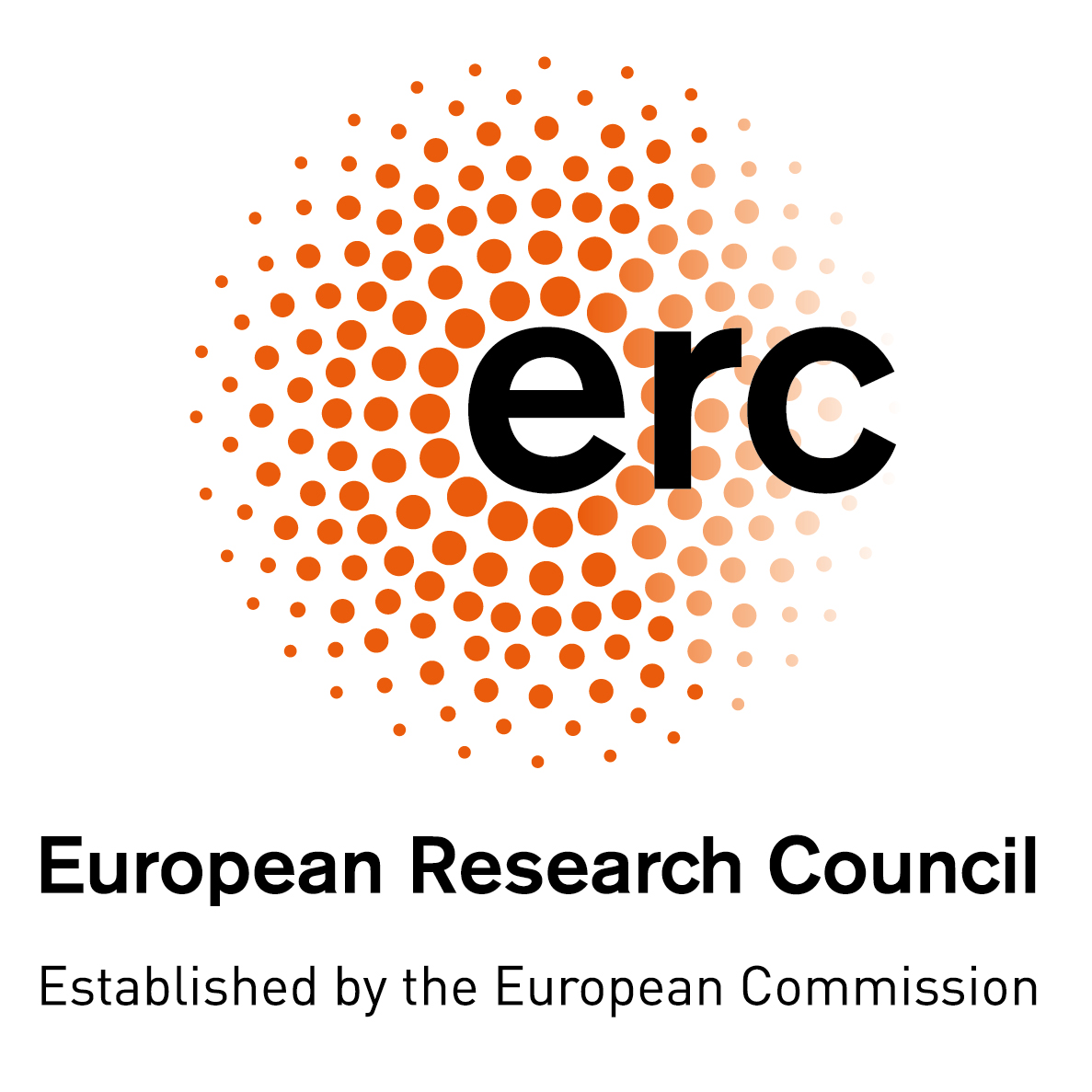

-
Natural sciences
- Nanophysics and nanosystems
- Soft condensed matter
- Phase transformations
- Thermodynamics
-
Engineering and technology
- Hybrid composites
- Computational materials science
- Functionalisation of materials
- Metamaterials
- High performance computing
It is often easy to observe the ability of polymorphic materials to undergo a phase transition through changes in colour, conductivity, photovoltaic efficiency, or other functional properties. In contrast, it is challenging to control under which external stimuli–stress, temperature, adsorption–these materials switch. Yet, enabling such polymorphic material design would be a game changer for pressing societal challenges, from access to drinkable water to producing green energy. This requires a firm understanding of how changing a material’s structure impacts its polymorphism and macroscopic function.
STRAINSWITCH aims to transform polymorphic material design by establishing the strain engineering concept. The central characteristic in this in silico approach is strain: the extent to which a material deforms due to external or internal triggers. On the one hand, external stimuli generate strain, even before they activate a phase transition. On the other, spatial disorder in a structure, tuneable from the atom to the device scale, also induces strain that interferes with external strain fields. The key hypothesis is that it is possible to systematically predict which disorder is needed to ensure polymorphism only occurs under well-defined external triggers by balancing these internal and external strain fields.
To confirm this hypothesis, STRAINSWITCH will develop new in silico methods with the goal to:
i. understand how disorder induces strain fields in a material that propagate through both space (3D) and time (+1D) to enable 4D design;
ii. predict which internal strain fields activate a material’s polymorphism under specific external stimuli.
STRAINSWITCH will combine both goals to establish fundamental disorder-strain-function relationships that can be validated experimentally for metal-organic frameworks and metal halide perovskites. They will pave the way for 4D polymorphic material design with application in water harvesting, photovoltaic devices, and more.